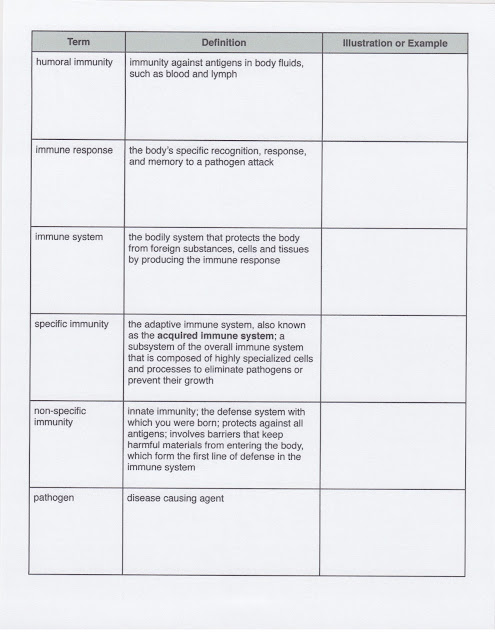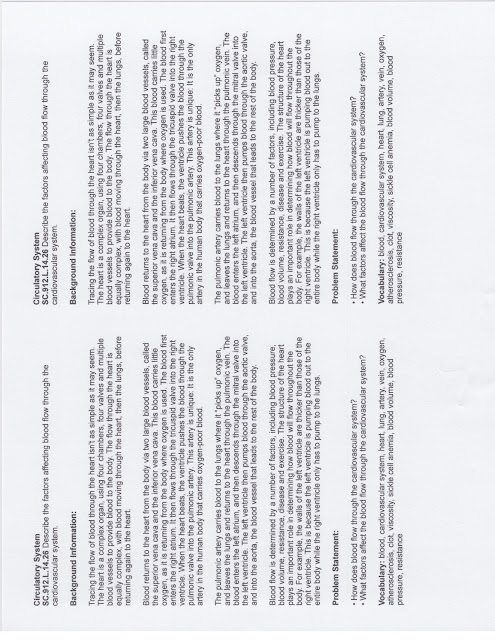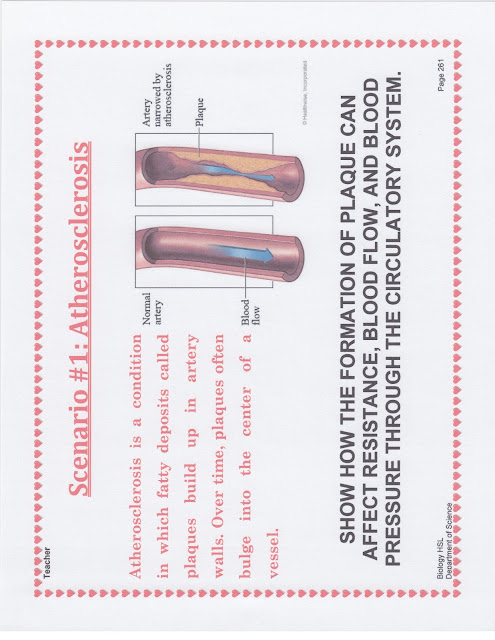ESSENTIAL QUESTION: What is the purpose of the Immune System?
LEARNING TARGET: Summarize the basic functions of the human immune system, vaccines, and antibiotics
BENCHMARKS: SC.912.L.14.52
LEARNING OBJECTIVES: Students will be able to:
-Summarize the basic functions of the human immune system.
-Compare and contrast types of infectious agents that may infect the human body.
Bell Ringer: The diagram below represents possible evolutionary pathways of certain organisms.
Which species is most closely related to species L?
A. Species E
B. Species F
C. Species G
D. Species I
VOCABULARY: antibiotics, antibody, antigen, allergy, cell-mediated immunity, B cells, T cells, chronic disease, communicable disease, humoral immunity, immune response, immune system, specific immunity, nonspecific immunity, infectious agent, pathogen, vaccines, fever, white blood cells, macrophages, histamines, antihistamines
HOME LEARNING: notebook update
AGENDA
WHOLE GROUP
Students completed the bell ringer question and justified their answer.
Students then took notes on the immune system. The powerpoint movie of the notes is included below.














